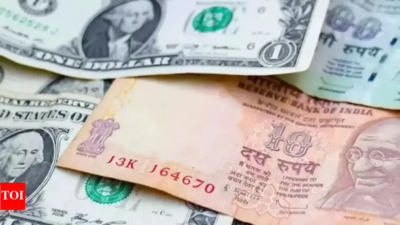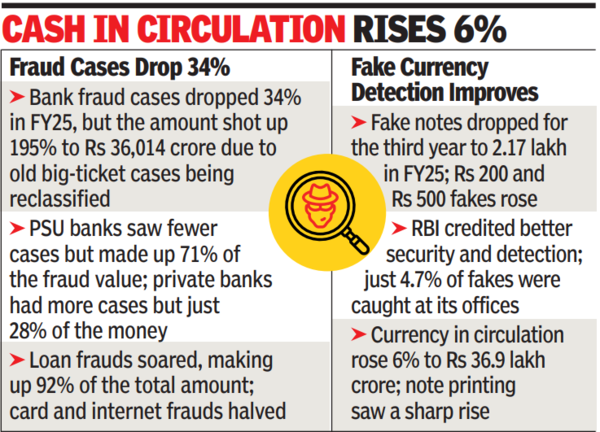
MUMBAI: Even as RBI’s balance sheet has grown by 8.2 per cent to Rs 76 lakh crore in FY25, the central bank is working to build immunity into its foreign exchange reserves, which now account for over 74 per cent of its assets. At the heart of its concern is the “weaponisation of reserves” – a term it uses to describe the growing use of financial sanctions to freeze or restrict a country’s foreign-held assets during geopolitical conflicts. The increasing frequency of such measures has led central banks, India’s included, to reconsider how they structure, diversify, and safeguard their external holdings.

To deal with these risks, RBI is focusing on diversification, which it described as the “most critical” approach to ensuring safety, liquidity, and return. This refers to spreading investments across asset classes, currencies, and jurisdictions. At present, India’s foreign exchange reserves are predominantly in dollar assets, with a significant portion held in US Treasuries. According to RBI, diversification remains the most important way to manage risks linked to global conflict and financial market shocks. In the past year, India’s forex reserves grew by 3.4 per cent to $668 billion, following an 11.7 per cent rise the year before.RBI’s annual report for FY25, released on Thursday, highlights ongoing efforts to insulate the economy from the vagaries of external influences. This comes even as the central bank expects the Indian economy to grow by 6.5 per cent in 2025-26, maintaining its position as the fastest-growing major economy. Inflation is projected at 4 per cent . While RBI flagged uncertainty arising from changes in global trade and tariff policies, it said India’s trade deficit remains manageable.To protect domestic financial data, which has recently been targeted by cyberattacks, RBI plans to roll out its own cloud services in 2025-26 through phase I of the Indian Financial Services (IFS) Cloud. Developed by its subsidiary IFTAS, the community cloud is designed exclusively for the RBI and regulated financial institutions. It aims to strengthen data security, improve operational efficiency, and ensure compliance with India’s data localisation rules.In addition to spreading its foreign currency assets, the RBI is also pushing for greater international use of the rupee. It is encouraging Indian exporters and importers to settle trade in rupees, particularly through the Asian Clearing Union, to reduce dependence on major currencies such as the US dollar.














